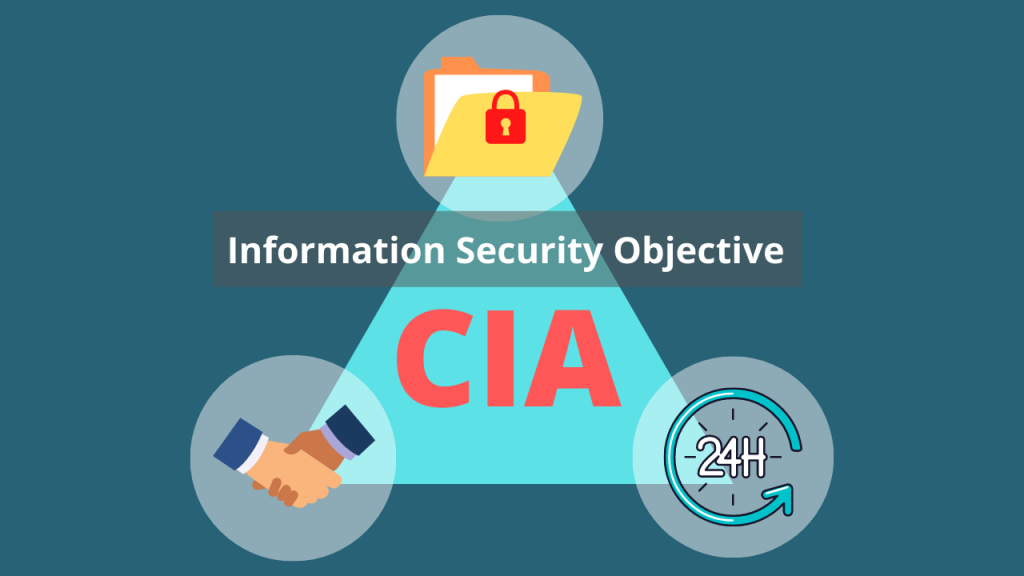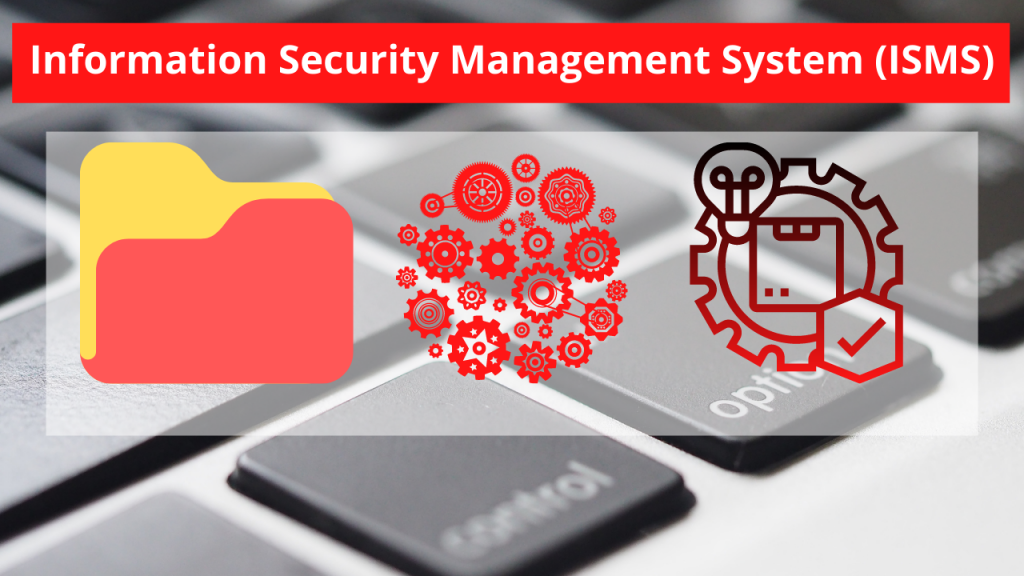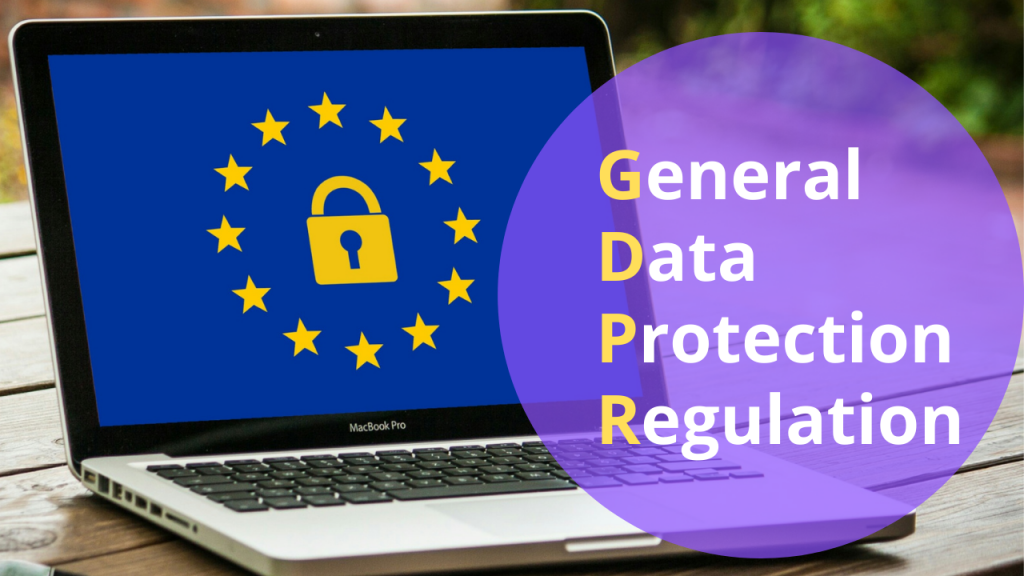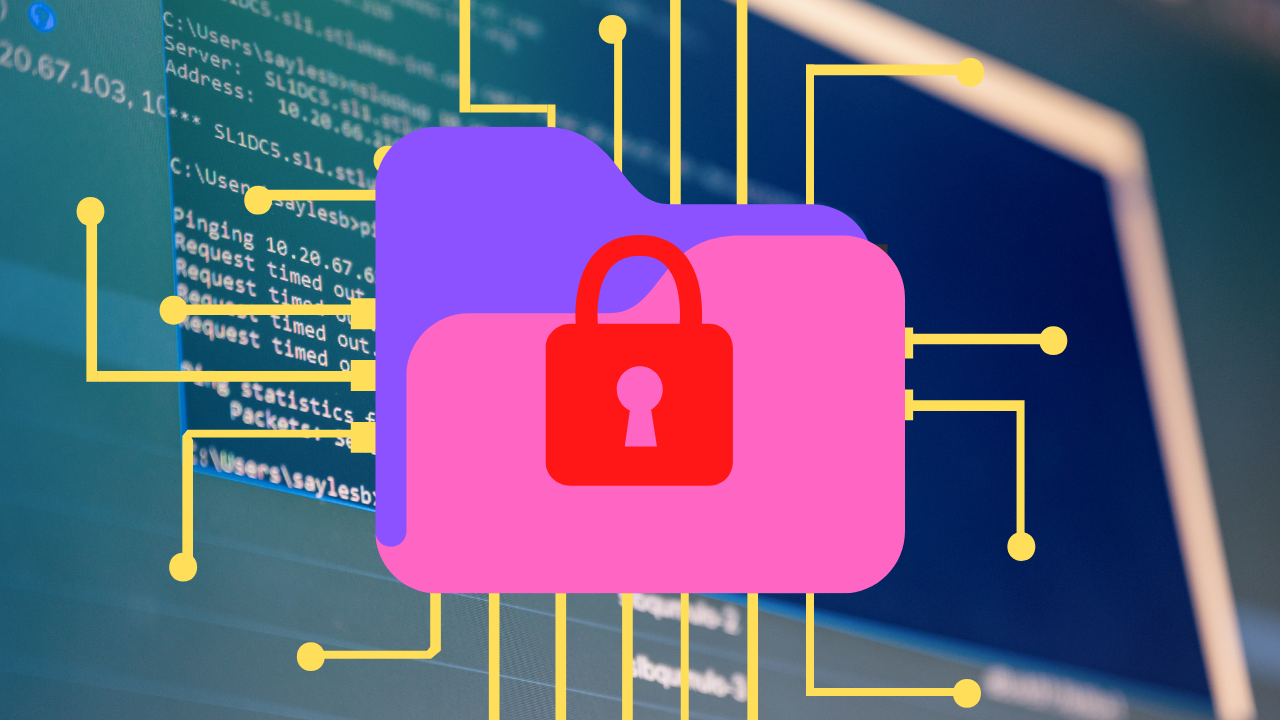Information security is the principle of protecting information from unauthorized access or use. The protection of information can be achieved by physical, administrative and technical means. This principle protects against any unauthorized individuals accessing, copying, modifying, deleting or disclosing confidential data.
Information security, often referred to as InfoSec, is an essential aspect of any business. With the increasing amount of cyber-attacks, it is important that all organizations safeguard themselves against the risk of data breach. By implementing information security policies and procedures, businesses can stay ahead of their competition and protect their sensitive information from exploitation.
The lack of access control regarding personal information can put individuals at risk for fraud and identity theft. Additionally, a data breach at the government level may risk the security of entire countries.
The lack of access control and the risks that come with it can be devastating for individuals. Data breaches at the government level can cause a lot of damage to that citizen’s identity, finances, and property.
Also read: ISO 27017 – A global standard for Cloud Security
CIA – Confidentiality, Integrity, Availability
Information Security programs or InfoSec programs are build around 3 objectives, commonly known as CIA – Confidentiality, Integrity, Availability

1. Confidentiality
Confidentiality is a measure taken to make sure that information is not disclosed to unauthorized individuals, entities and processes. It can be broken down into three types: physical confidentiality, service confidentiality, and process confidentiality. Physical confidentiality, which deals with the retention of sensitive materials in an area that only authorized personnel are allowed to enter. Service confidentiality deals with restricting access to information by using passwords or other measures.
2. Integrity
Integrity is one of the most important aspects in data science. It ensures that the data is accurate and complete. This can be achieved by storing data in immutable storage, using technologies like Apache Cassandra, Apache HBase or Google’s Big Table.
3. Availability
Information must be available whenever it is needed for that concerned person or to an entity.
Also read: Kaspersky Security Cloud Review
What is the difference between cybersecurity and information security?
Information security is a crucial part of cybersecurity, but it refers exclusively to the protection of information. For example, information security would be the protection of bank accounts and credit card numbers from thieves or malware that steals data. While cybersecurity refers to a wider scope, which includes any area where data may be at risk.
Cybersecurity is a wider scope with a broader definition which includes any area where data may be at risk. InfoSec is the protection of information from thieves and malware that steal data. Cybersecurity is a more general term that includes InfoSec
What is an Information Security Management System (ISMS)?
An Information Security Management System (ISMS) is a set of rules, processes, and guidelines implemented by an organization to protect its data from unauthorized access, use, disclosure, disruption, modification or destruction. They are also designed to protect the privacy of personal data.

A good ISMS starts at the top with the chief executive officer (CEO) and works its way down through all levels of staff. It becomes more significant when data is handled digitally. ISO 27001 is a well-known specification for a company ISMS that can help in minimizing risks that come with handling digital data. ISO 27001 certification provides organizations with the resources to implement best practices for security and data protection. These standards can help organizations make informed decisions about their information management. They also establish a benchmark for measuring the effectiveness of an organization’s security program.
An ISMS may be the most important thing for any organization that is dealing with digital information. With an ISMS, the organization will have a roadmap to follow, in case of a data breach.
Also read: Top Cloud Security Companies & Tools 2022
Top features of Information Security Management System (ISMS)
1. Ensures confidentiality, integrity and availability of data
Protecting data is a key concern for any business. In this digital age, when hacking and hacking threats are ever-present, it’s become more important than ever to manage your company’s cybersecurity.
2. Work culture improvement in organizations
Information Security is a vital requirement in today’s world. As a result, companies have started implementing Information Security Management System to improve company work culture. ISMS provides a framework for managing information security risks and is based on international standards such as ISO 27001 and ISO 27002. With this system in place, the company can provide a secure environment for their employees to work with optimum productivity.
3. Reduction of security-related costs
An ISMS is a business process for managing and protecting sensitive data. Businesses use an ISMS to reduce security-related costs and protect sensitive data in the long term.
4. Superior defense against cyber-attacks
ISMS is a framework for the management of information security that focuses on preventing cyber-attacks. It is composed of policies, procedures and guidelines to protect information. It also includes best practices for the prevention, detection and response to data breaches.
5. Securing information
Information Security Management Systems are being implemented globally to protect the information of organizations. They provide a policy framework, protection mechanisms, and controls based on international standards.
Read also : The All-inclusive Cisco SASE (Secure Access Service Edge). Explained
What is the General Data Protection Regulation (GDPR)?
The GDPR is the new European Union data privacy law that will become enforceable on May 25, 2018. The GDPR was first introduced and voted on in 2016 and finally approved by the European Parliament and Council. The law’s goal is to protect the privacy of individuals living in the EU as well as ensure an organization has control over their own data.

The GDPR will affect any organization that does business with people within the EU as well as those who process personal information of those living in the EU. Any company that collects or processes any personal information of people living in Europe must comply with this regulation or they could face a fine of up to €20 million or 4% of gross worldwide turnover, whichever amount is greater. With more than 20 articles and 99 sub-articles, this regulation can be difficult. All companies operating within the EU must comply with these standards.

